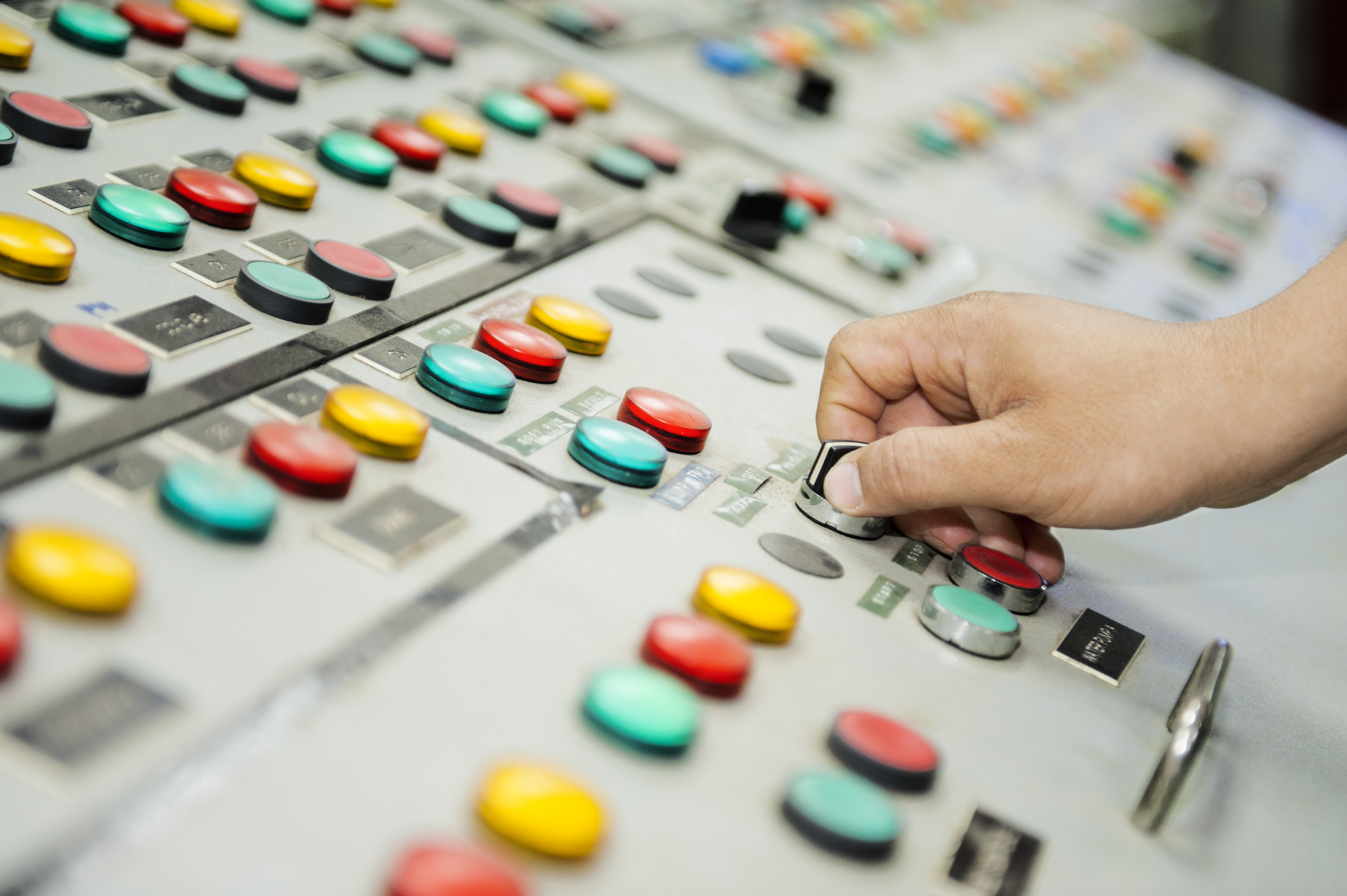Common Uses of OEM Control Panels

The use of OEM control panels makes the operations of just about any type of industrial machinery easier for manufactures. Control panel designs differ from business to business, but they’re all meant to make certain processes more efficient.
OEM control panels can be designed to serve numerous industries such as HVAC, oil and gas, water treatment and pumping, material handling, surface prep, chemical, utilities, and alternative energy.
With this in mind, here are some of the more common and specific uses of OEM control panels.
Wind Turbines: As one of the leading sources of renewable energy, wind turbines produce a lot of business for those who specialize in control panel design. OEM control panels include battery boxes that supply power to the turbines.
Compressors: If you want an uninterrupted source of air or gas for in-house use, an OEM compressor control panel will do the trick.
Flare Systems: Flare systems prevent hazardous gases from being released into the atmosphere. OEM control panels for flare systems will ensure they are functioning regularly and smoothly, protecting the environment at the same time.
Incinerators: One of the biggest threats to our ecosystem is waste disposal. There simply seems to be more trash in this world than we know what to do with. But incineration is a common solution to this problem and this can also be aided by an OEM control panel.
Evaporators: Evaporation involves thermally removing liquid from a solution. An OEM control panel for an evaporator takes care of the speed control of the conveyor, various interlocks for the drives, and monitoring of the evaporation parameters.
Filtration Systems: Filtration systems are a major part of the pharmaceutical industry. This involves the process in which solid particles are removed from a liquid. An OEM control panel in this instance can adjust the speed of the motor and change the rate of filtration.
HVAC Panels: HVAC systems in buildings are a very common use of OEM control panels. These panels are particularly helpful when regulating the on/off cycle of HVAC systems so that they are running when they need to be and off when they should be to conserve energy.
